US of a spleen and a liver: features of preparation, research, decoding
It happens that a patient consults a doctor, not knowing how to explain where he hurts. The phrase that constantly( often) the abdomen hurts, does not possess great informativeness for a specialist. However, it is necessary to find out the cause of pain, and the doctor prescribes tests, as well as ultrasound of the spleen and other abdominal organs.
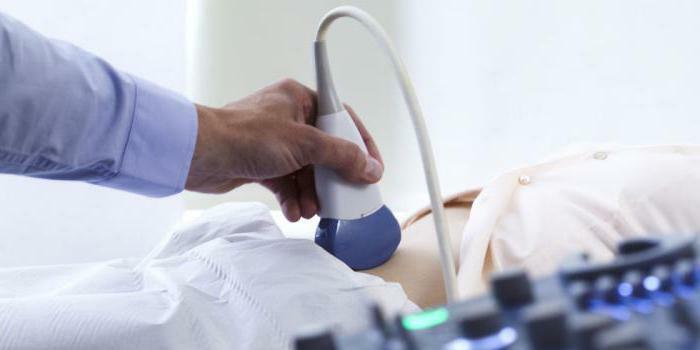
What is ultrasound?
Ultrasound examination is a method of obtaining information about the state of an organ without instrumental penetration into the internal cavities of the body. The method based on the piezoelectric effect associated with the action of ultrasonic waves is based. The procedure allows you to display the organ under study, find out its dimensions, consider the defects and determine the general condition.
Why spend ultrasound of the spleen
There are a lot of indications for carrying out ultrasound of the spleen. The doctor will definitely appoint a procedure if there is a suspicion of an organ trauma and not only. There is a whole group of diseases in which such a survey is carried out regularly. It is performed with an interval of 6 months or a year.
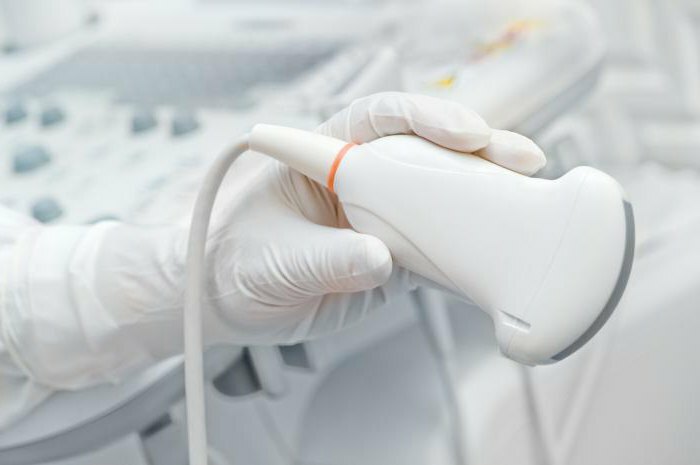
Ultrasound of the liver and spleen is prescribed regularly in the following pathologies:
- abnormalities in organ development;
- blood leukemia;
- benign or malignant tumors or suspected of their presence;
- definition of the exact place of metastasis formation;
- cirrhosis;
- hepatitis;
- numerous infectious diseases.
The procedures are performed without complicated manipulations, but there are some medical recommendations for the preparation for ultrasound of the liver and spleen.
Especially it is necessary to specify, that at children to spend a usual palpation of a lien it is impossible. Therefore, for any suspicion of trauma or pathology, ultrasound is prescribed. This is the only way to confirm or deny fears. Children are prepared for the procedure in much the same way as adults.
Preparatory measures for
If the patient is assigned an ultrasound of the spleen, the preparation is as follows:
- It is better to record on ultrasound in the morning. The last meal can be at least 9 hours before the examination. Patients with diabetes mellitus can drink a little tea and eat a little dried bread, as long-term starvation is contraindicated.
- For 2 days before ultrasound is established a gentle diet. It excludes raw vegetables, dairy products, bread and legumes. Such restrictions are not the whim of a doctor, they allow avoiding fermentation in the intestine, which, when the spleen is ultrasound, blocks the organ, not allowing it to be examined.
- With increased gas generation a person is additionally assigned to receive activated carbon. Dosage is calculated individually. For every 10 kg of body weight, 1 tablet is taken.
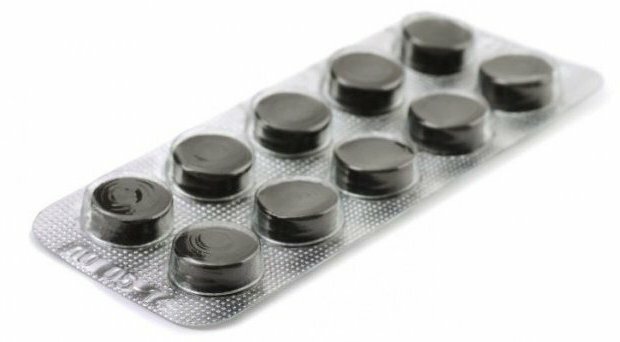 It is slightly more difficult to conduct a qualitative examination in children. Children do not tolerate hunger, especially infants and infants under the age of three. In preparation for the study, a break in feeding the baby should be at least three hours. The child, whose age is 2-3 years, must suffer 4 hours, and children over three years old - at least 6 hours. The remaining recommendations are carried out according to the same scheme as for adults.
It is slightly more difficult to conduct a qualitative examination in children. Children do not tolerate hunger, especially infants and infants under the age of three. In preparation for the study, a break in feeding the baby should be at least three hours. The child, whose age is 2-3 years, must suffer 4 hours, and children over three years old - at least 6 hours. The remaining recommendations are carried out according to the same scheme as for adults.
When you designate an ultrasound of the spleen, the preparation for the examination will be better if 2 days before the procedure are eaten fractional. Portions of food should be minimal, eat better every 4 hours.
Preparation for ultrasound of the liver is not much different from the above described actions. Additional measures are taken only by people with a high degree of obesity. They are recommended morning and evening on the eve of the procedure to perform cleansing enemas.
Normal indications, transcript of
If an average ultrasound is indicated on the ultrasound form, an insignificant vascular net at the organ gates, a splenic vein about 0.5 cm in diameter, the shape of the organ is smoothly curved, and its placement is left upper side of the abdominal cavity, then you can calm down. This is normal.
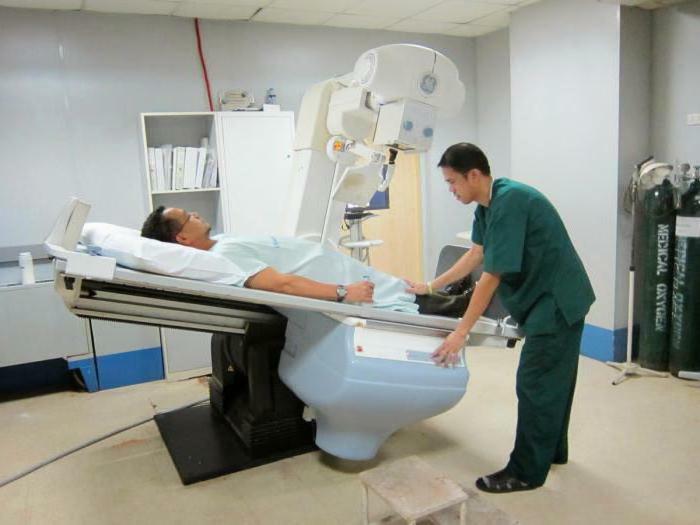
During the examination it is necessary to determine whether the spleen has increased. The size of the body is determined in an oblique incision within 12 cm, and in the transverse - within 8 cm. The normal thickness of the organ is about four cm.
Determination of the normal dimensions of the children's spleen
If the doctor managed to feel the spleen of the child with palpation, then the organ is enlarged almost 2 times. In addition, there is an exemplary table linking a child's growth and the size that his spleen should have. US sizes of adults determine visually, and the norm for children should be looked on by a special table. In it, for example, it is shown that with an increase of 60-69 cm, the length of the spleen can range from 47.8 to 61.3 mm. Here is the thickness and width of the organ. Step of the table - every 10 cm of growth.
Pathological parameters of the spleen
If a patient has leukemia infiltration, the spleen examination can show the following pathologies:
- organ size transformation( increase);
- acute edge of the spleen;
- excessive contour convexity;
- increase in density;
- inflammation of the lymph nodes in the area of the spleen gates.
If there is an abscess, the ultrasound readings will reveal:
- a change in the echostructure( mixed or hypoechoic);
- appearance of the cyst.
If an injury is caused and there is a hematoma or organ rupture, the examination will show:
- a change in the echostructure( mixed or anechogenous);
- incorrect, uneven contours;
- appearance of fluid in the peritoneum or under the diaphragm.
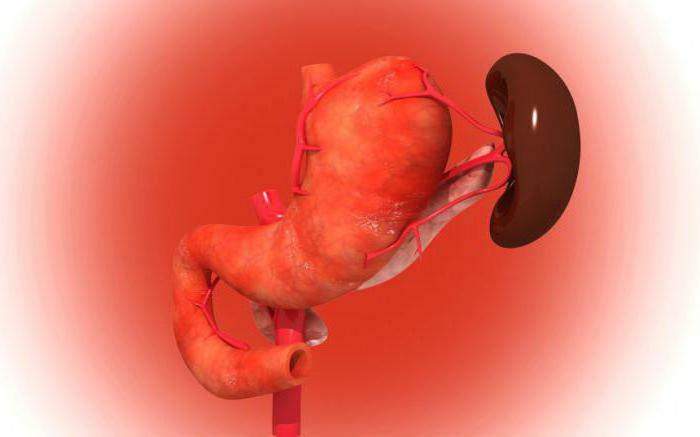
A timely examination will allow you to make an accurate diagnosis and facilitate the treatment of the patient.
Norm and pathological parameters of ultrasound of the liver
If the patient underwent ultrasound of the liver, then the right lobe size can be considered the norm - up to 12 cm, the left - up to 7 cm, the bile duct - up to 8 mm. The outer edges of the organ should be even, and its structure - homogeneous.
Using ultrasound, cirrhosis, hepatitis, metastasis, hemangioma, hepatoma, steatosis, cystic neoplasms and other pathologies are detected.
At the same time, the informative value of the examination for the doctor is very high. He can draw accurate conclusions based on the data obtained. In many cases without ultrasound of the liver, it is impossible to dispense with the formulation or refinement of the diagnosis.
To maintain health, you should take care of your body and in case of symptoms you should consult a doctor. Only a specialist is able to understand the problem. The doctor will prescribe the delivery of tests, perhaps an ultrasound will be needed to determine the diagnosis. Do not neglect medical help, as self-medication can harm your health.
